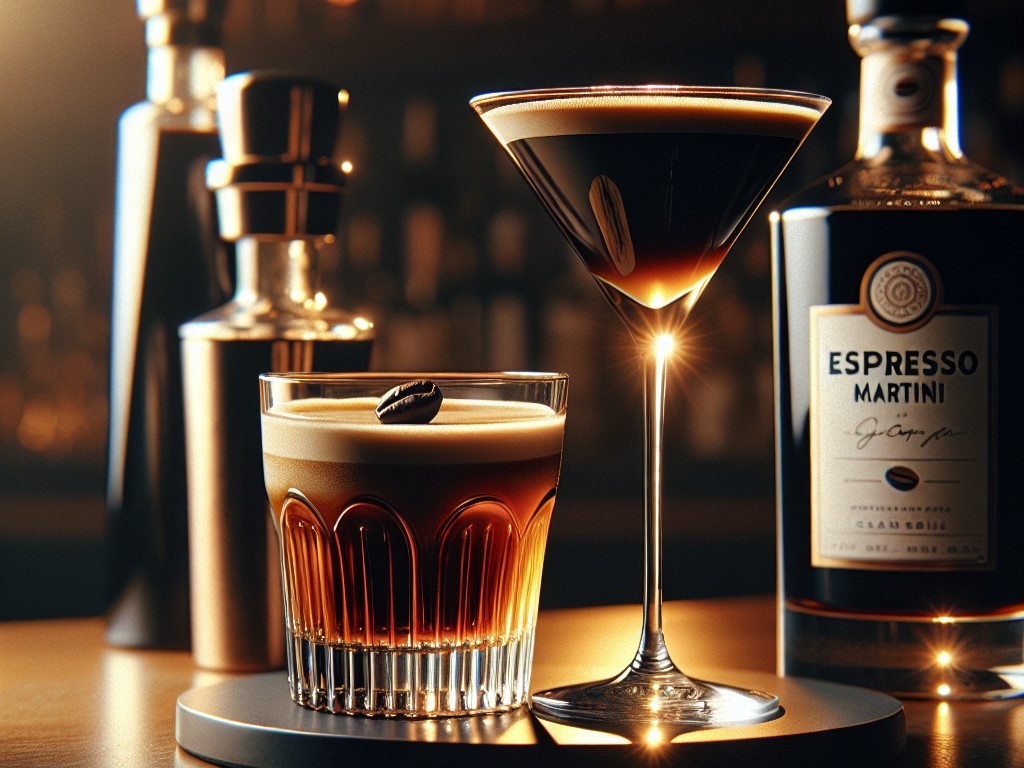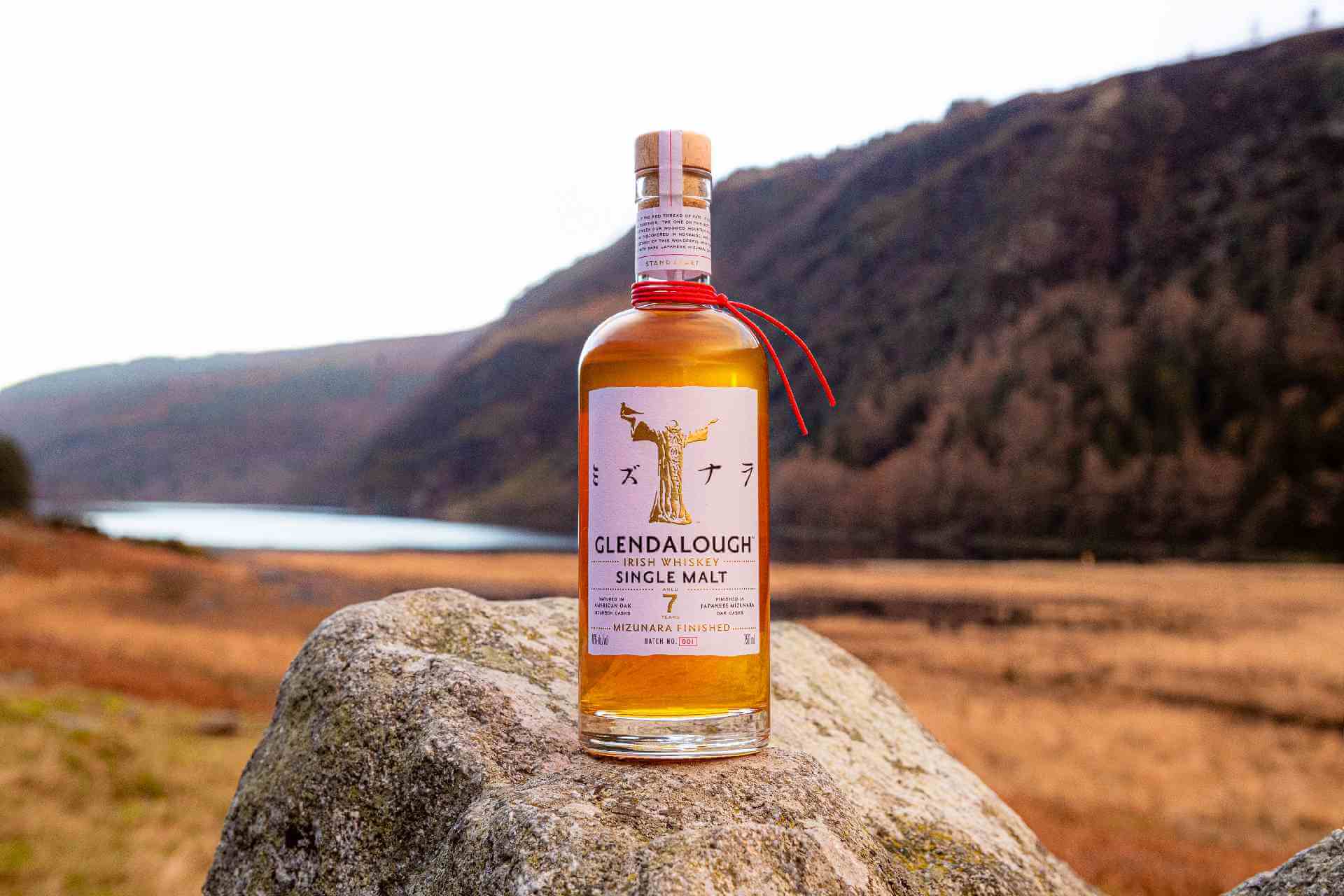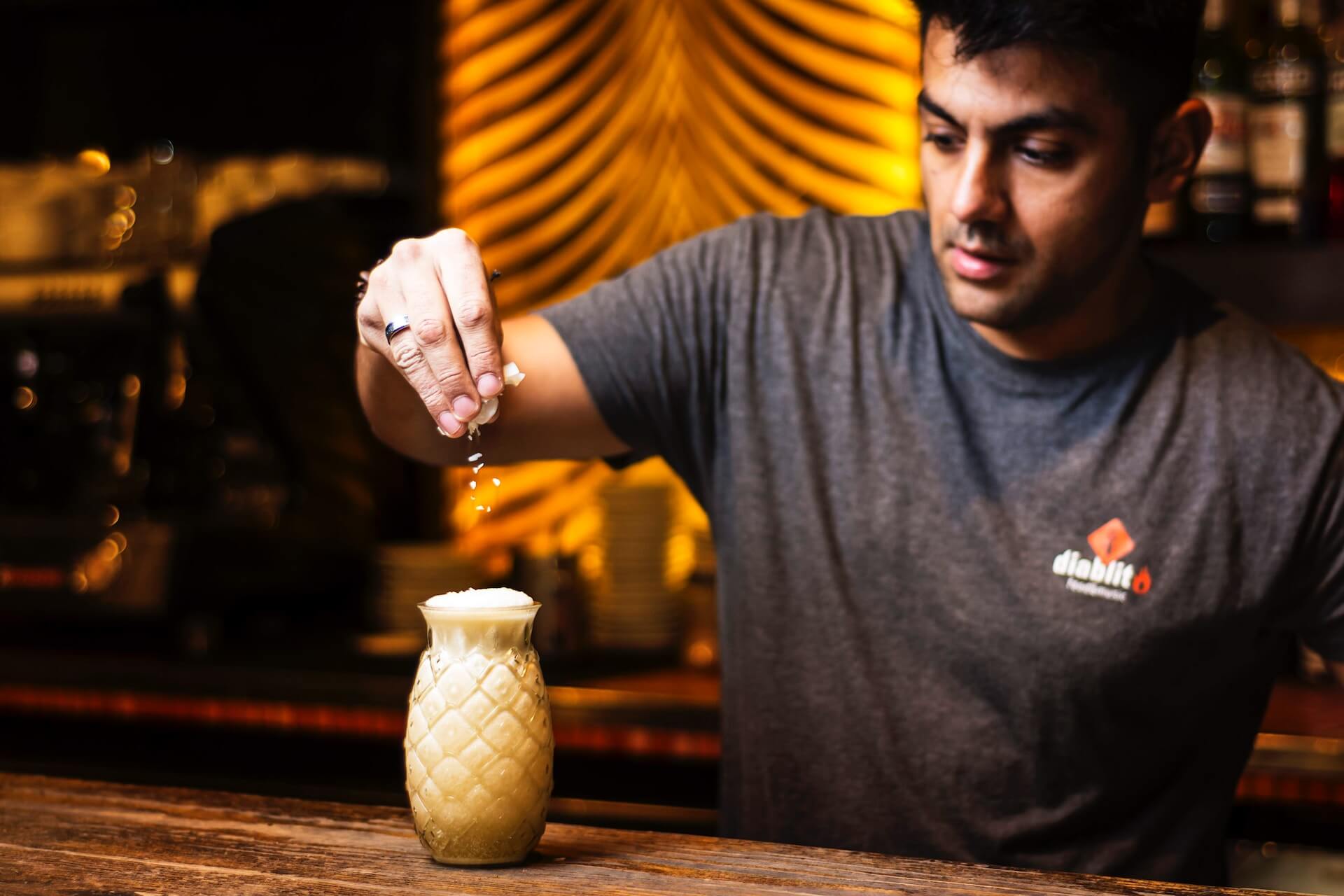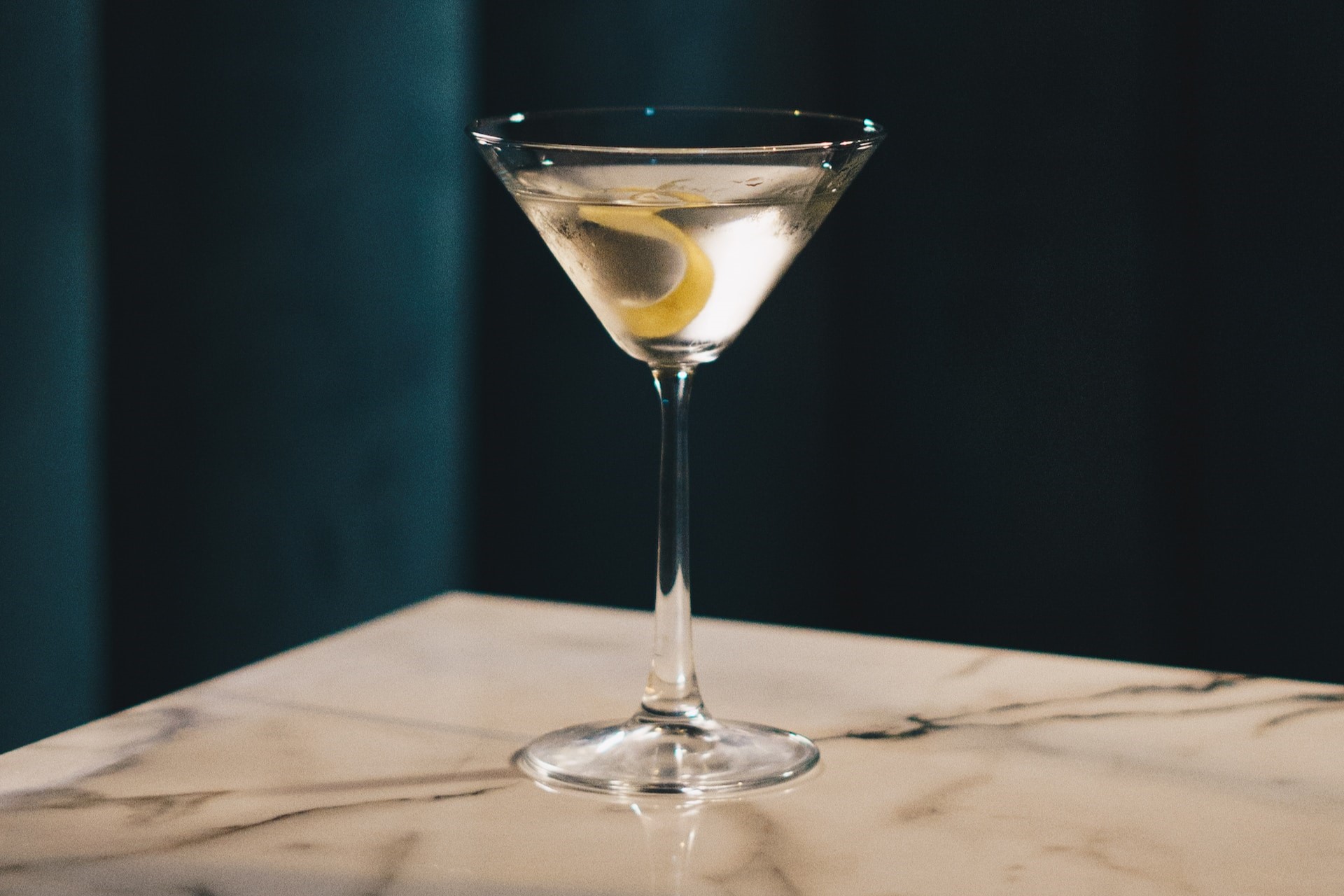Program for Unique Holidays: June 2024
by David Klemt

Do you want to stand out from from other restaurants and bars in your area? Change how you think about your June holiday programming.
Several holidays are set against every date on the calendar, and this month is no exception. These holidays range from mainstream to esoteric.
Pay attention to the “weird” or unique holidays to raise eyebrows, carve out a niche for your restaurant or bar, and attract more guests. Why do what everyone else is already doing? Why program only around the same holidays as everyone else?
Of course, you shouldn’t try to celebrate every holiday, strange or otherwise. Focus on the days that are authentic to your brand; resonate with your guests; and help you grab attention on social media.
You’ll find suggestions for promotions below. However, the idea behind our monthly holiday promotions roundup is to inspire you and your team to get creative and come up with unique programming ideas.
For our May 2024 holidays list, click here.
June 6: National Gardening Exercise Day
Does your bar, restaurant, or hotel have an herb garden? If so, this is an excellent day to let your guests know about it, and highlight which drinks and dishes feature ingredients from said garden.
June 8: National Rosé Day
Your first instinct may be to feature your still and sparkling rosé wines on this day. However, there are also rosé spirits out there, like vodka and gin. Use this day to make your guests aware of your rosé program. Oh, and June 8 also happens to be World Gin Day, another reason to offer an LTO menu that features rosé gin.
However, you don’t have to stop the festivities on June 8. The next day is Day of La Rioja, and this Spanish province is world-renowned for its winemaking. In fact, there are more than 600 wineries in La Rioja, and some produce rosado or rosato, a.k.a. rosé.
June 10: National Herbs & Spices Day
If your kitchen makes its own spice blends, shout about them to the rooftop on June 10. And if you don’t yet make your own blends but would like to, here’s a tip from Chef Brian Duffy: make ten pounds of it, not just a quart, and store it in a clearly labeled flat tray. You’ll go through it faster than you anticipate if it’s a hit.
June 15: World Tapas Day
Really, who doesn’t love a small plate and sharing with friends? I know I’ve built a meal out of tapas on more than one occasion. Review your menu, get creative, and build your own brand-authentic and concept-specific tapas menu for June 15.
June 16: Turkey Lovers’ Day
This day lands close to the midway point leading to Thanksgiving. So, create a turkey-heavy LTO menu. Turkey tacos, turkey barbacoa burrito bowls, a full-on turkey dinner, turkey breasts…
June 16: World Sustainable Gastronomy Day
I tend to avoid doubling up on holidays but this one is important, so I’m breaking my own “rule.” Leading up to June 16, review your menu and operations to identify what you’re doing that’s producing sustainable dishes. Taking this a step farther, find out where you can improve to be more sustainable, and implement those initiatives by June 16.
June 21: National Take Back the Lunch Break Day
Do you offer pickup or delivery? And are you open for lunch? How fast are your kitchen times? These are all important operational elements to consider, particularly if you want to attract the lunch crowd. Should you feel that your lunch daypart operations are dialed in, lure in guests with intriguing lunch-time promotions.
June 22: National Onion Ring Day
Not only is this the perfect day to boast about your onion rings, it’s an excellent excuse to review their presentation and come up with something impactful and memorable. Consider an array of accompaniments, size and height, and playing with your batter.
June 27: International Pineapple Day
Ah, the pineapple, the international symbol of hospitality. If there was ever a day to go absolutely bonkers with a pineapple-forward F&B LTO menu, this is it!
June 29: National Waffle Iron Day
Who doesn’t love a waffle, particularly a build-your-own waffle? I think you know what to do on this holiday.
Image: Ivan Bertolazzi on Pexels













